PCB Layout
The boards of the Radeon 5700 XT and the Radeon Pro W5700 are not only similar, they are almost identical except for the positioning of the power supply connections and the input filtering. It’s interesting to note that the W5700 doesn’t use the slimmed down circuit board of the RX 5700, but the variant of the RX 5700 XT. The back is badly plastered and you can also see that the GPU’s socket has turned out considerably smaller, i.e. still on the RX Vega and the Radeon VII. The position of the active components is now very similar to that of Nvidia’s GeForce cards, also in the memory and the positioning of the voltage converters. AMD has similarly relegated the PWM controller for the GPU also to the back below the radial fan, which is fixed with three screws:
But before I go into detail with the components, we should take a look at the power supply diagram of the Radeon Pro W5700. For the GPU, i.e. VDDCR_GFX, there are 7 phases available, with a good balance between the motherboard slot and the external connectors. The GDDR6 memory used for Navi for the first time also by AMD manages with two phases for MVDD. Let’s now look at the details in the schematic:
The 7 voltage regulator phases for the GPU (VDDCR-GFX) are generated by an International Rectifier IR35217 on the back of the board, which is also a good old acquaintance. The two phases for the memory (MVDD) are also generated by an IR35217 on the upper left of the front panel next to the first phase for the memory. The second one is sensibly on the other side, so that the design is somewhat simplified. These chips fully support the PWMVID function and the PWMVID input is buffered and filtered to generate a very accurate reference voltage.
The output voltage is then precisely regulated to the reference input. The integrated SMBus interface offers enough flexibility to optimize performance and efficiency and also to connect the appropriate software. The controller also supports new smart power stage chips (SPS). Suitable SPS then provide very precise information about e.g. currents (IMON) and temperatures (TMON). Therefore, suitable SPS are used for all phases, whereby the well-known FDMF3170 from On Semiconductor is used.
But the diagram above also shows many other tensions. The generation of VDDCI (picture below left) is not a big item in terms of power, but it is very important. It is used for the GPU-internal level transition between the GPU and memory signal, something like the voltage between the memory and the GPU core on the I/O bus. As always with AMD, the memory controller is also supplied proportionally from the already mentioned MVDD and VDDCI. In addition, two constant sources for 1.8 and 0.75 volts are generated. VDDCR_SOC (picture below right) is then the next independent item.
The coils are again based on the usual encapsulated ferrite core coils. For the GPU there are models with 150 nH (bottom left picture), for the memory 330 nH coils (bottom right picture). The input filtering is done by a 560 nH and a 470 nH coil.
The label on the memory identifies it as a Samsung module. These are 8GB GDDR6 SGRAM modules (2 channels x 256 Meg x 16 I/O, 2 channels x 512 Meg x 8 I/O) with a bandwidth of 14Gb/s. Since a total of eight modules are installed, this also results in a memory expansion of 8 GB.
Cooler
The top cover of both cards allows air for the large radial fan from Delta. The fan runs with up to 2.4 amps at 12 volts, almost 29 watts for the full 5000 maximum rpm, which you never reach. But the 1900 to 1950 rpm++ are in and so I measure 9 watts maximum. The large cooling and mounting frame in the middle cools all components except the GPU and is full of heat conduction pads to the active components. The Vapor-Chamber sits only on the top and is fixed separately with the spring cross and 4 screws. Again the deliberate phase change pad with the graphite fillers is used instead of heat conducting paste.
The view from above shows once again very clearly the chamber principle of the finned cooler, which sits on the large vapor-chamber and through which the radial fan presses the air towards the slot bezel. There is no backplate, however.
| Cooling System | |
|---|---|
| Type: | Air Cooler (DHE) |
| Heatsink: | Vapor Chamber |
| Cooling fins | Aluminium, vertical alignment |
| Heatpipes | Vapor Chamber |
| VRM Cooling: | Frame |
| Memory Cooling: | Frame |
| Fan: | Radial fan No Fan-Stop |
| Backplate | no |
AMD Radeon PRO W5700, 8GB GDDR6, 5x mDP, USB-C (100-506085)
 | Zentrallager: verfügbar, Lieferung 3-5 WerktageFiliale Wilhelmshaven: nicht lagerndStand: 18.04.24 10:40 | 233,92 €*Stand: 18.04.24 10:41 |
 | Sofort lieferbar | 233,93 €*Stand: 18.04.24 10:28 |
 | Lieferbar in 2-4 Tagen, Lieferzeit gesamt 4-9 Werktage | 237,00 €*Stand: 18.04.24 09:37 |
- 1 - Introduction, Unboxing, Technical Data
- 2 - Tear Down: PCB and Cooler
- 3 - SPECviewperf 13
- 4 - Creo 3
- 5 - Solidworks 2019
- 6 - Solidworks 2019 Enhanced Graphics
- 7 - 3ds Max 2015
- 8 - Inventor Pro 2020
- 9 - 2D Performance - GDI and GDI+
- 10 - Rendering and Compute
- 11 - Premiere Pro 2020 (v14) and HEVC
- 12 - Power Consumtion and PSU Recommendation
- 13 - Temperatures, Clock Rate, Infrarot
- 14 - Fan Speed and Noise
- 15 - Conclusion and Bottom Line















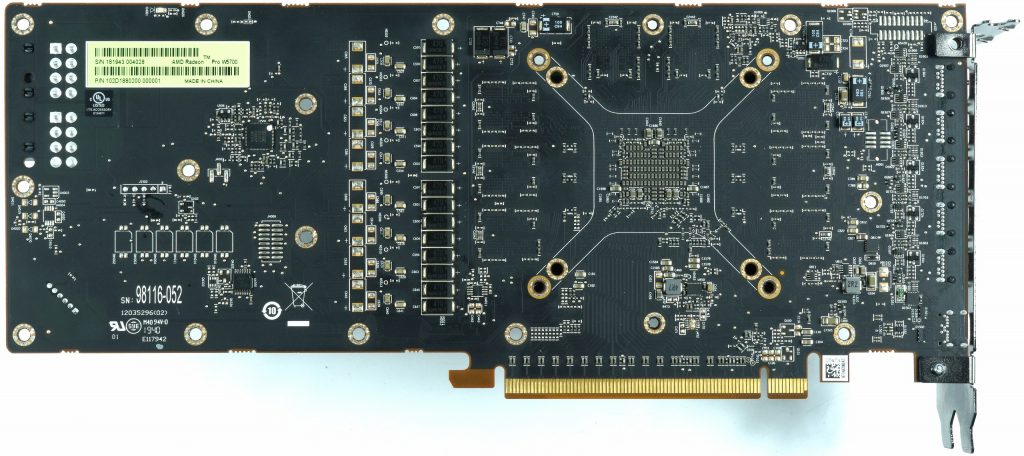
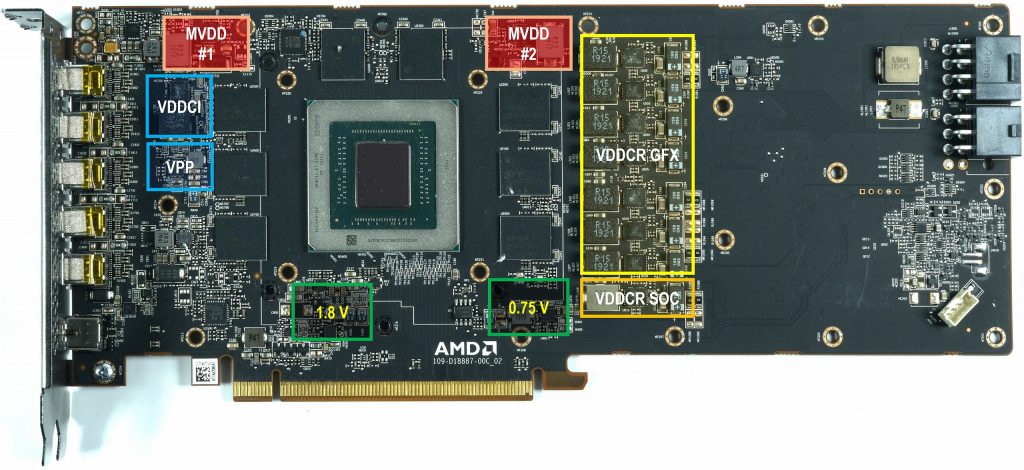
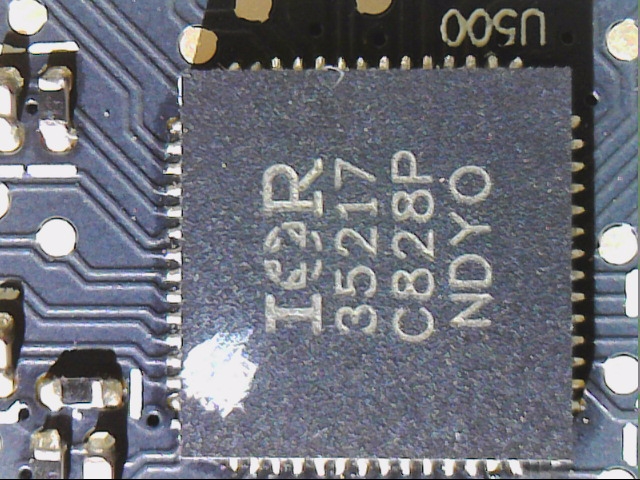
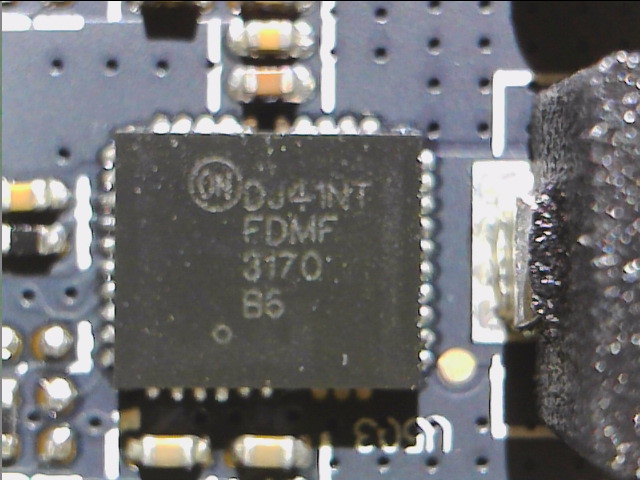
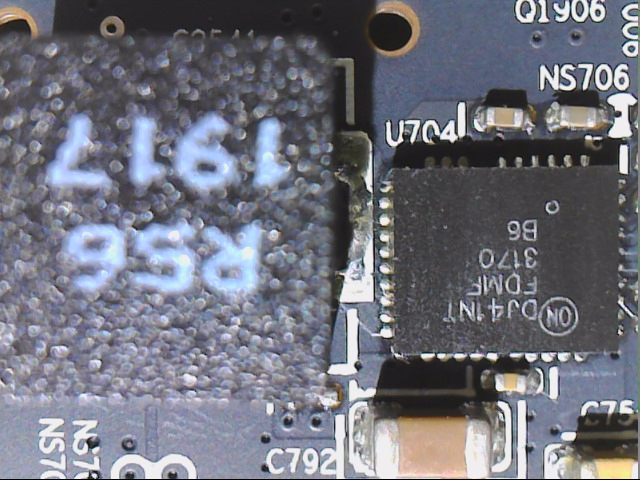
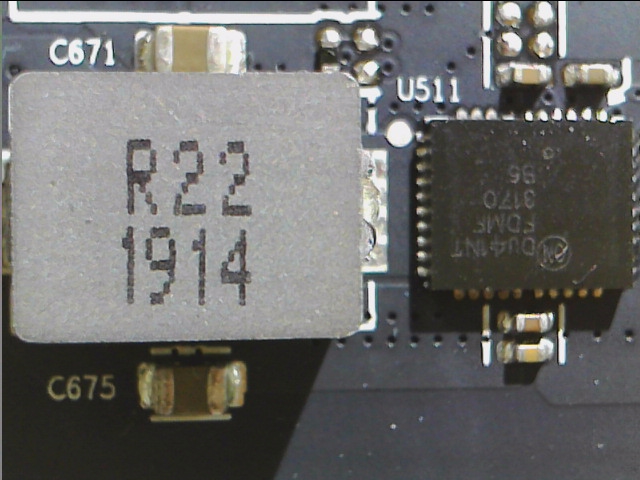
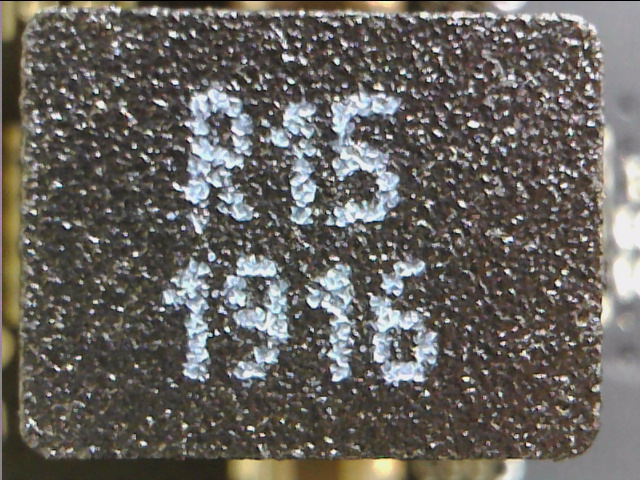
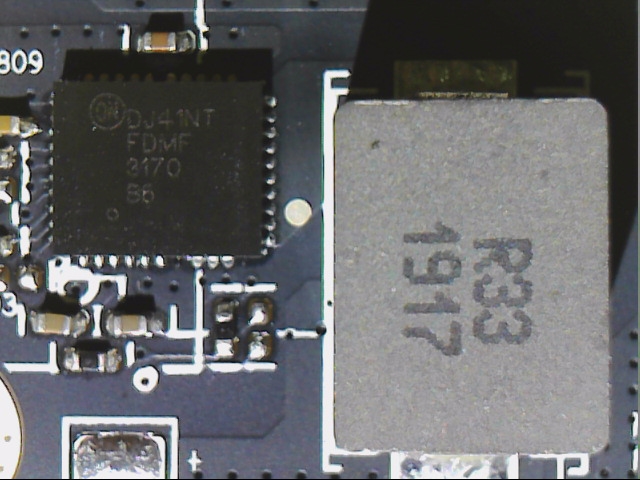
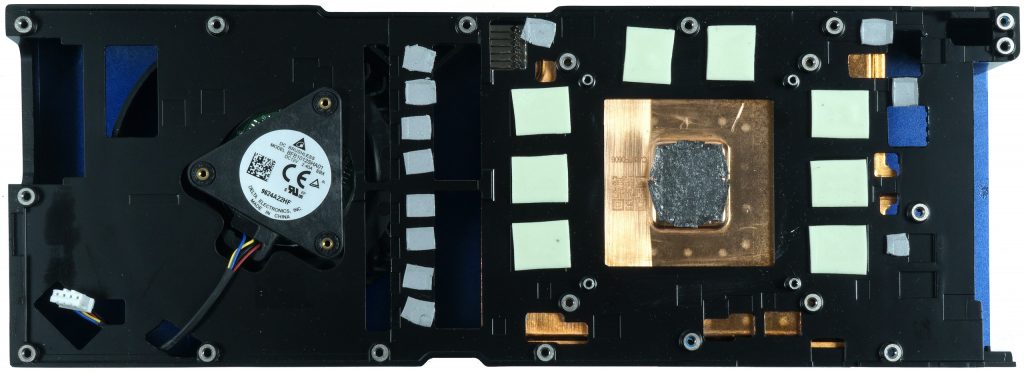
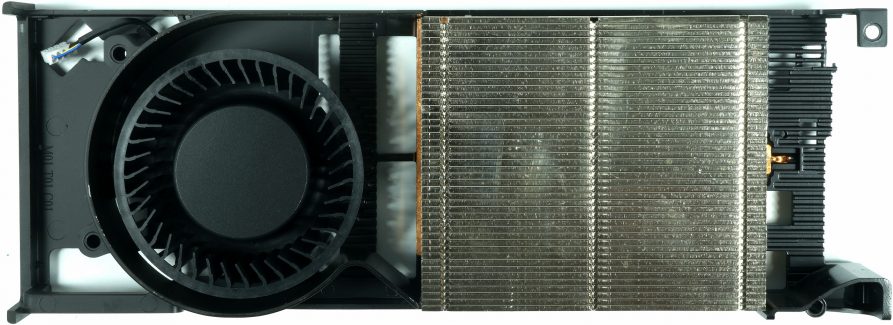


















Kommentieren